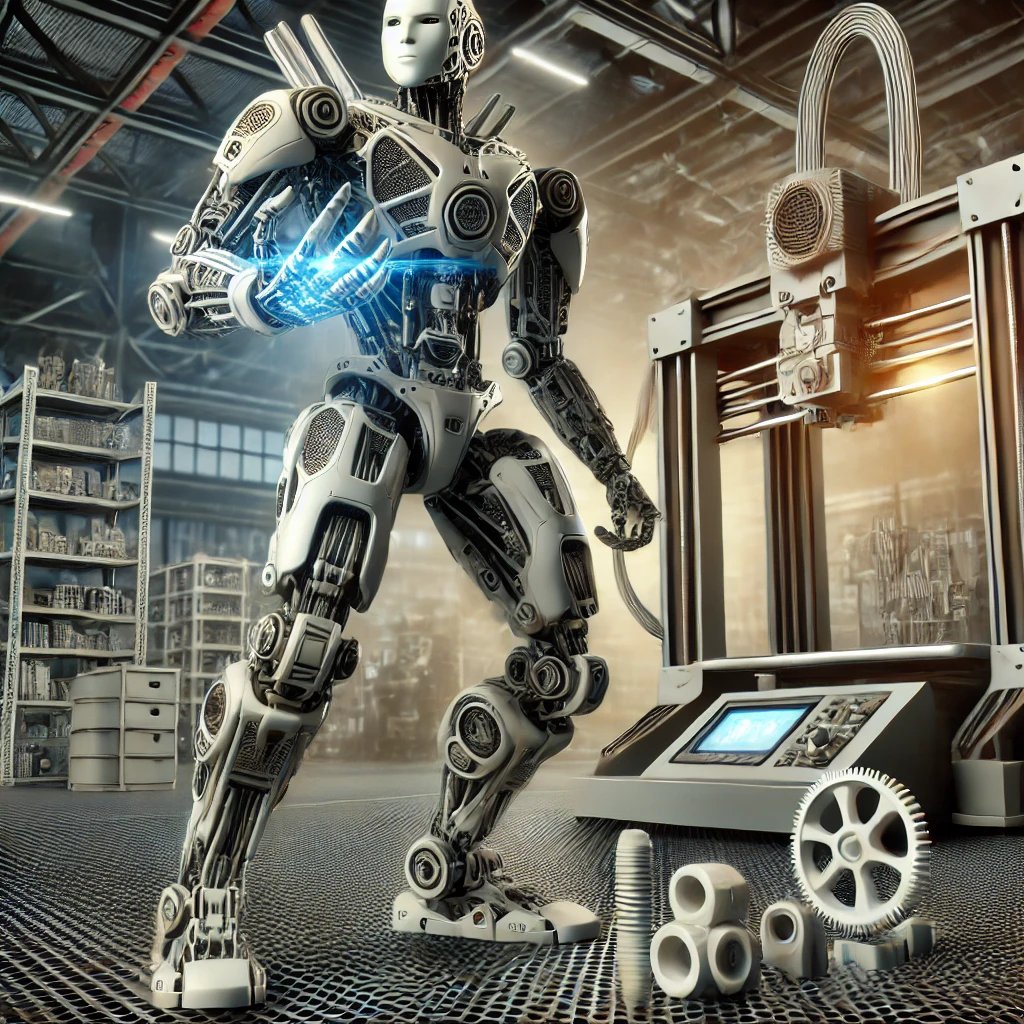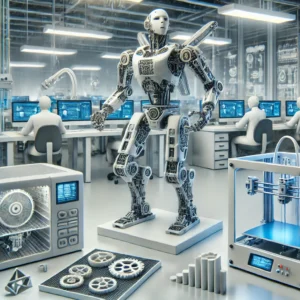Discover how 3D printing is revolutionizing robotics

3D Printing in Robotics – Enhancing Customization and Innovation
3D printing, also known as additive manufacturing, has revolutionized various industries, and robotics is no exception. By enabling the creation of highly customized components, 3D printing fosters innovation and enhances the development of advanced robots. This article explores how 3D printing is transforming the robotics field, enhancing customization and leading to innovative breakthroughs.
How 3D Printing Enables Customization in Robotics

Customization is at the core of robotics innovation, and 3D printing plays a crucial role in this by offering flexibility in design and production. Traditional manufacturing methods often limit the possibilities for customization due to expensive molds, tools, and lengthy production times. However, with 3D printing, engineers can design and print robot parts tailored to specific applications.
For example, a robotic arm used in healthcare may require different specifications from one used in an industrial setting. With 3D printing, unique components can be produced quickly and cost-effectively, allowing for greater adaptation to the demands of various industries.
Innovation through Rapid Prototyping
In addition to customization, 3D printing enhances innovation in robotics by supporting rapid prototyping. Engineers and designers can quickly create prototypes of robotic components, test them, and refine their designs. This process dramatically reduces the time between concept and implementation.
Unlike traditional prototyping methods, which can take weeks or even months, 3D printing enables the creation of functional prototypes within days or even hours. As a result, companies can iterate their designs faster and bring new robotic technologies to market quicker.
The Role of 3D Printing in Collaborative Robotics (Cobots)
Collaborative robots, or cobots, are robots designed to work alongside humans, often in manufacturing and logistics environments. These robots must be lightweight, flexible, and safe to operate. 3D printing allows for the production of cobot parts that meet these requirements while also maintaining the strength and durability needed for industrial applications.
The ability to 3D print customized end-effectors (robot hands) or joints for cobots enhances their adaptability in various tasks. From gripping delicate objects to assembling components, 3D-printed parts allow cobots to perform complex tasks more efficiently.
Future Potential of 3D Printing in Robotics
As 3D printing technology continues to evolve, it opens up new possibilities for robotics. Some emerging trends include:
-
Multi-material printing:
Printing with different materials in a single process allows for creating more complex and functional parts. -
Smart materials:
Integrating sensors directly into 3D-printed parts could lead to robots with self-diagnostic or adaptive capabilities. -
Sustainability:
3D printing reduces waste by using only the necessary material, making the production process more sustainable.
With continued advancements in both robotics and 3D printing, the future looks promising for even greater innovation in this field.
3D printing has become a game-changer in the world of robotics. By enabling enhanced customization and promoting innovation through rapid prototyping, it is helping companies develop more efficient, versatile, and adaptable robots. As both technologies advance, the integration of 3D printing in robotics will only continue to grow, pushing the boundaries of what’s possible.



